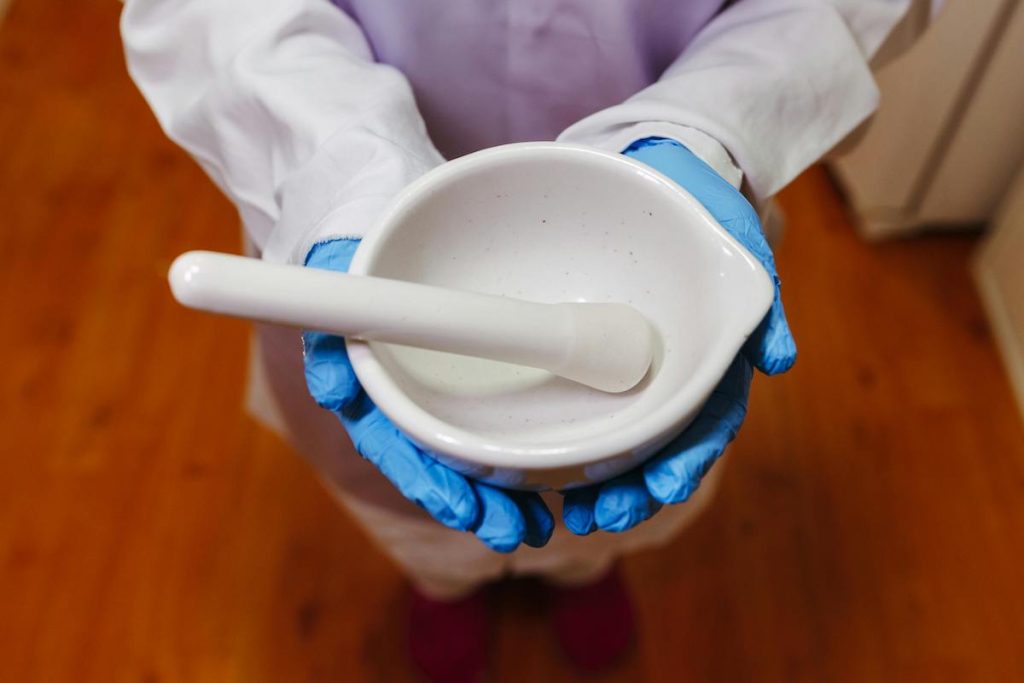The Compounding Controversy: Separating Fact from Fiction in the GLP-1 Drug Debate
The surging popularity of GLP-1 weight-loss drugs like Ozempic and Wegovy has led to supply shortages, opening the door for compounding pharmacies to fill the gap. This has sparked a heated debate, fueled by pharmaceutical giants Novo Nordisk and Eli Lilly, about the safety and efficacy of compounded GLP-1 medications. While concerns about compounded drugs are not entirely unfounded, some claims circulating in the media warrant closer scrutiny. This article aims to dissect the key arguments surrounding compounded GLP-1 drugs, providing a balanced perspective grounded in evidence and expert opinion.
One of the most contentious assertions is that compounded drugs are equivalent to counterfeit products. This narrative, propagated by both Novo Nordisk and Eli Lilly, conflates legitimate compounding pharmacies with illegal online vendors selling unverified and potentially dangerous medications. Licensed compounding pharmacies operate under the federal Food, Drug and Cosmetic Act and play a vital role, particularly during drug shortages, in providing customized medications for patients with specific needs. These pharmacies are subject to state and federal regulations, including adherence to U.S. Pharmacopeia standards, and are distinct from rogue online operations that have drawn warnings from reputable organizations like the National Association of Boards of Pharmacy.
Another misleading claim revolves around the FDA approval process. While it’s true that compounded drugs don’t undergo the same rigorous clinical trials and regulatory scrutiny as FDA-approved medications, this doesn’t automatically render them unsafe. The FDA’s role in regulating compounded drugs is nuanced. Traditional compounders (503A pharmacies) are licensed and inspected by state boards of pharmacy, while outsourcing facilities (503Bs) adhere to stricter Current Good Manufacturing Practice (CGMP) requirements enforced by the FDA. Furthermore, federal law dictates the permissible ingredients used in compounding. It’s crucial to differentiate between the absence of pre-market FDA approval and the existence of a regulatory framework governing compounding practices.
The debate also hinges on the active ingredients in compounded GLP-1 drugs. Novo Nordisk has suggested that only they possess the genuine semaglutide used in their branded products, implying that compounded versions contain different substances. This is misleading. Compounding pharmacies source semaglutide from FDA-registered manufacturers, who are required to provide certificates of analysis verifying the ingredient’s authenticity. While there were temporary instances of some compounders using different salt forms of semaglutide, this practice, which violated federal regulations, was short-lived and ceased with increased semaglutide production. The implication that compounded versions inherently contain different active ingredients is therefore unfounded.
Perhaps the most alarming claims relate to alleged deaths and injuries linked to compounded GLP-1 drugs. Novo Nordisk’s CEO has cited reports from the FDA Adverse Event Reporting System (FAERS) linking compounded semaglutide to fatalities. However, it’s crucial to understand the limitations of this data. The FAERS database serves as a repository of reported adverse events, but these reports are not verified, and the presence of a report doesn’t establish a causal link between the drug and the adverse event. Furthermore, the Alliance for Pharmacy Compounding (ACP) has pointed out that the vast majority of reported deaths involving semaglutide included lot numbers for commercially available drugs, suggesting that these adverse events are not unique to compounded versions. Using FAERS data without acknowledging its limitations creates undue alarm and misrepresents the safety profile of compounded medications.
It is essential to acknowledge that compounded drugs are not without potential risks. Dosing errors and inadequate labeling have been reported. However, these issues are not exclusive to compounded medications and can also occur with FDA-approved drugs. The key takeaway is that compounded drugs, when dispensed by licensed and reputable pharmacies, can provide a safe and effective alternative, especially during drug shortages. Patients should always prioritize commercially available drugs when possible, but when circumstances necessitate compounding, verifying the pharmacy’s credentials and licensing is crucial.
In conclusion, the debate surrounding compounded GLP-1 drugs is complex and requires a nuanced understanding of the regulatory landscape and available evidence. While pharmaceutical companies have legitimate concerns about ensuring patient safety, some of their claims about compounded medications appear exaggerated and misleading. Journalists and consumers alike should critically evaluate these claims and prioritize balanced, accurate information when making decisions about healthcare. Resources like the Alliance for Pharmacy Compounding and the FDA’s BesafeRx campaign offer valuable information for patients considering compounded medications. The ultimate goal should be to empower patients and clinicians to make informed choices based on facts, not fear.


